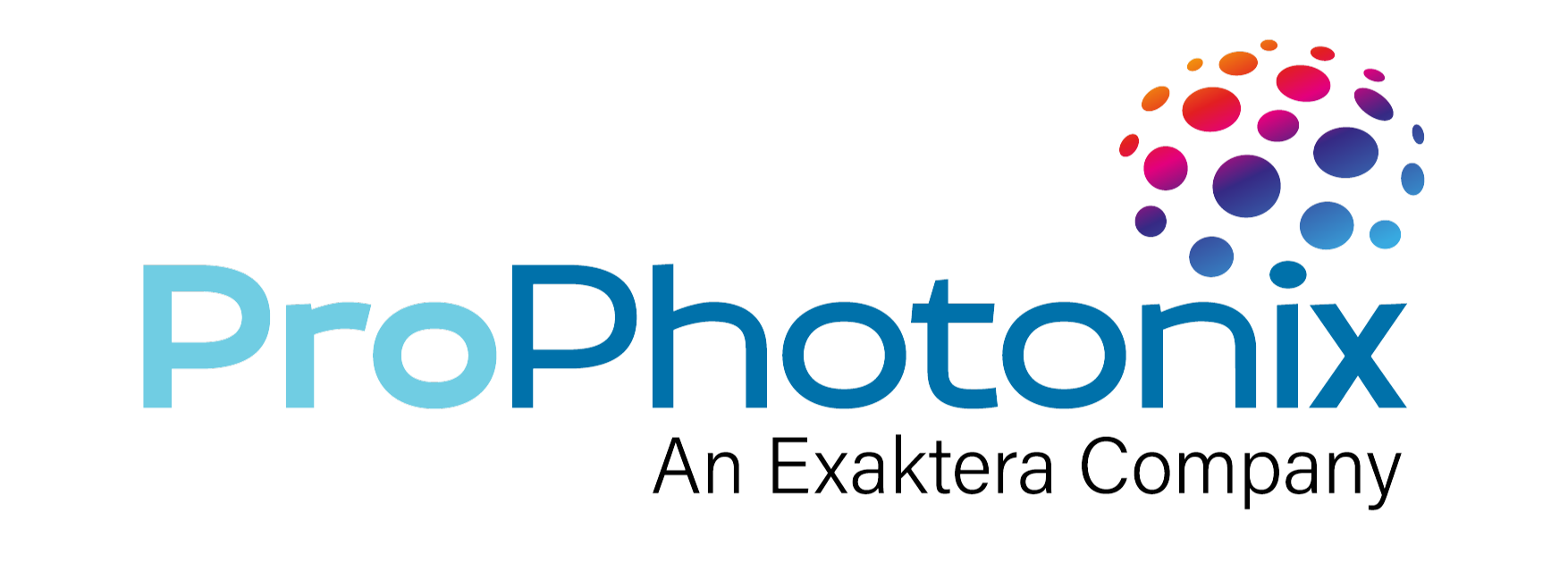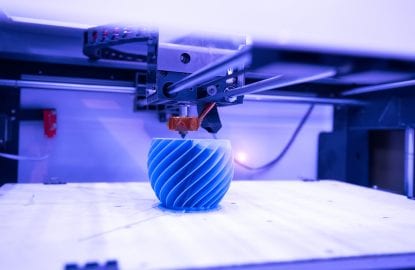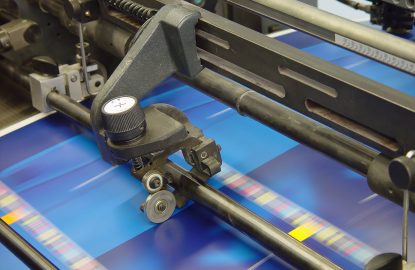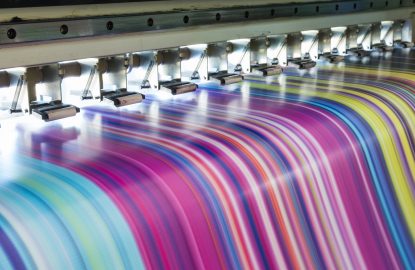Each UV curing application is unique and thus requires careful consideration as to the optimal specification of the UV LED lamp. In our previous blog post on optical considerations in UV LED curing systems, we discussed wavelength selection, light output profile, working distance, intensity, and dose as well as light uniformity. This post will focus on form factor, safety and environment, system validation, control requirements, reliability, lifetime considerations, and cost of ownership. For further details, please download our whitepaper.
Form Factor Considerations
For applications with tight space requirements, UV LED curing systems should be considered over traditional technologies due to the compactness of LED lamps.UV LED curing lamps can be customized in a variety of different ways to best support your application. There are two major considerations in form factor specification: cooling and modularity. The options for cooling are convection, fan-cooled or water-cooled. The modularity options are standalone, stackable and modular. Determining the best option for your application will mean balancing performance, cost and complexity.
-
Modularity, stackable or standalone
Standalone refers to systems utilizing just one lamp for an application. Stackable means that LED lamps are placed side by side, i.e. 4 x 75mm lamps are used to make 1 x 300mm light. Stackable lights can operate independently of the lamp array and have seamless illumination between modules. Modular lights are also stacked, but unlike stackable lights, a modular lamp is a complete system and individual modules cannot operate outside the modular structure. Standalone is best for applications where the target cure area is stationary and the UV LED lamp moves in two dimensions on a rail, such as desktop 3D printers or flatbed printers. A stackable option may be cost-effective for applications that require lights with varying lengths such as conveyor belts. Modular systems are best for systems that require long lights (greater than 1m).
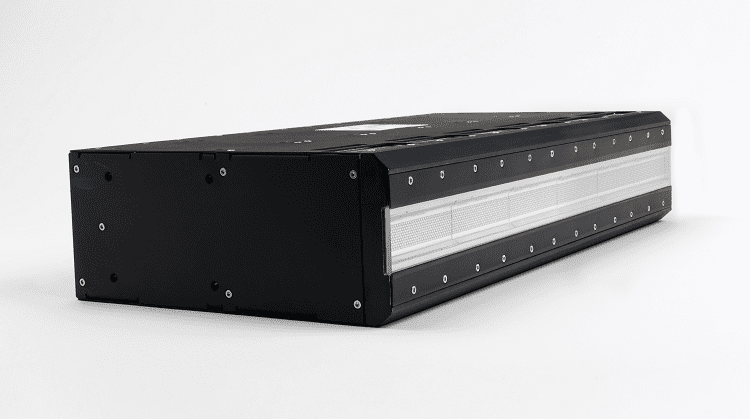
COBRA Cure FX3 Modular UV LED Curing System
-
Cooling Considerations
The cooling method used in a UV LED lamp is dependent on what type of intensity is required for your application. For instance, low-intensity applications can utilize convection cooled lamps whereas high-intensity applications require fan-cooled or water-cooled solutions for temperature regulation.
Convection cooled lamps can provide a cost-effective solution for low power applications. Most applications, however, will require higher intensity levels and UV LED lamps will require fan or water cooling systems. These active cooling systems provide greater reliability. Fan-cooled systems will require a larger form factor due to the fan but unlike water-cooled systems, fan-cooled UV lamps do not require chillers or any ancillary equipment. Water-cooled systems can provide high intensity but, due to the requirement of a chiller, are generally more expensive than fan-cooled systems.
Safety and Environment
UV LED systems are also safer and more environmentally friendly than traditional UV lamps. They are safer to work with as they do not emit ozone that can cause health and safety concerns for workers. As LEDs do not generate excess heat, they can be operated on heat-sensitive substrates that may have been damaged by the high temperatures of mercury lamps. They also do not contain mercury which means that heavy metal disposal is not required.
System Validation and Control Requirements
System validation testing is essential as small application-specific nuances can create variation in system performance. Different ink formulations, for example, should be tested as they may not respond as expected.
Control requirements are easily configurable as LEDs are digital technology and can be factory set to a number of configurations. Lamps can be supplied that run continuously, flash over predefined periods, or can be dimmed. Intensity profiles and device monitoring, such as short circuit monitoring, can also be factory set. LEDs are compatible with many communication protocols including Ethernet and analog control.
Reliability and Lifetime Considerations
Reliability and lifetime are key considerations when specifying a UV curing lamp. LED technology offers much longer lifetimes than traditional technologies. The output of LED lamps degrades slowly over time and UV LED lamps are usually measured as L90 or L80. A lifetime of L90, for instance, indicates that the light output will reduce to 90% of its maximum intensity in a minimum of 10,000 hours.
The design and manufacture of UV LED curing lamps will also impact the product lifetime and reliability. ProPhotonix designs UV LED lamps for reliability and quality. All products are validated through in-house DPMEA and manufacturing FMEA. Our facility is ISO-certified and our products are ROSH-3 compliant and CE and UL certified.
Cost of Ownership
When evaluating UV LED curing systems, it is important to consider optimization to minimize initial costs, but also to consider the total cost of ownership. Some cost advantages in comparison to traditional UV lamps are:
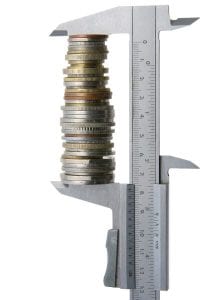
- Reduced operating costs due to efficient energy consumption
- Lower maintenance cost – the longer lifetime of LEDs means less production downtime
- Increased operating efficiency due to LEDs digital technology providing enhanced control capability
For more information on Specifying a UV LED system, download the whitepaper. If you have any questions about your application, please contact us for more information.
ProPhotonix is a leading designer and manufacturer of Laser Diodes, Laser Modules, UV LED Curing Systems, LED Products, and UVC LED Disinfection Systems. Contact us for free expert advice on selecting the optimal solution for your system.
